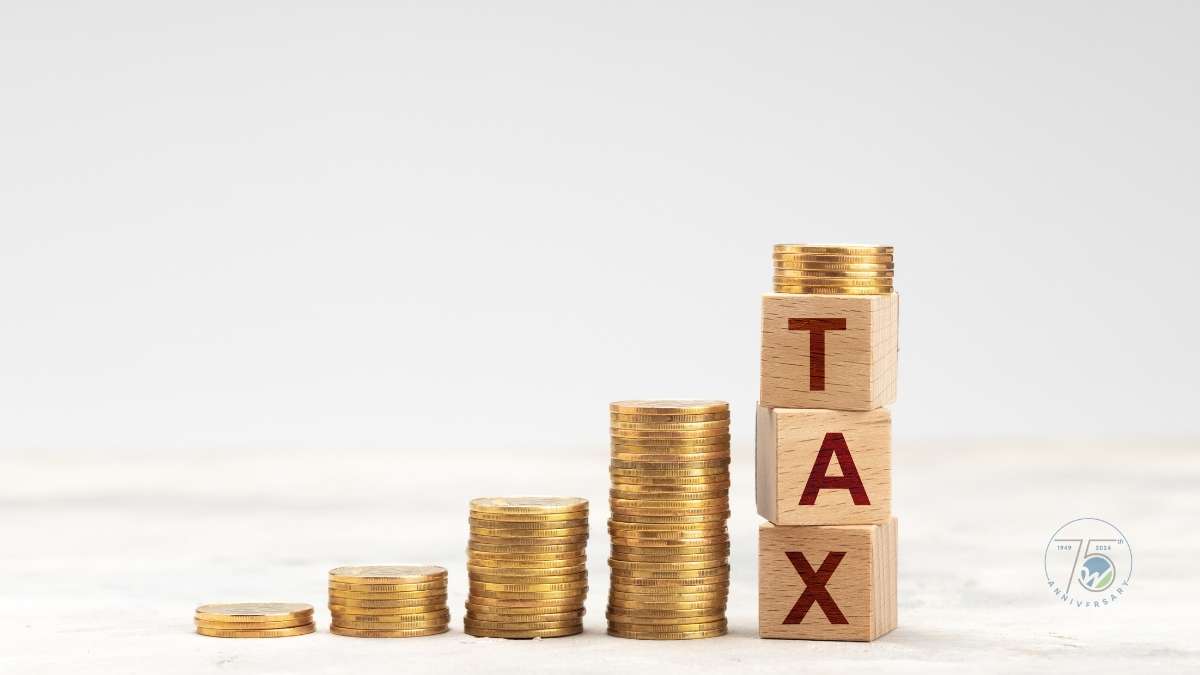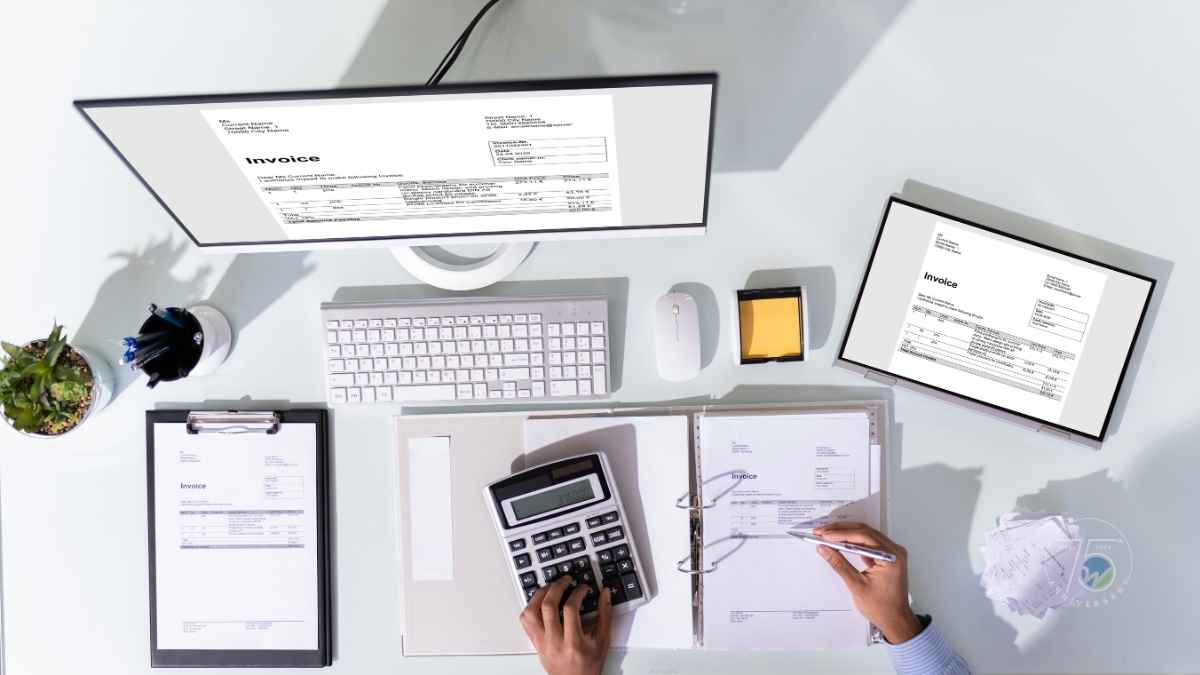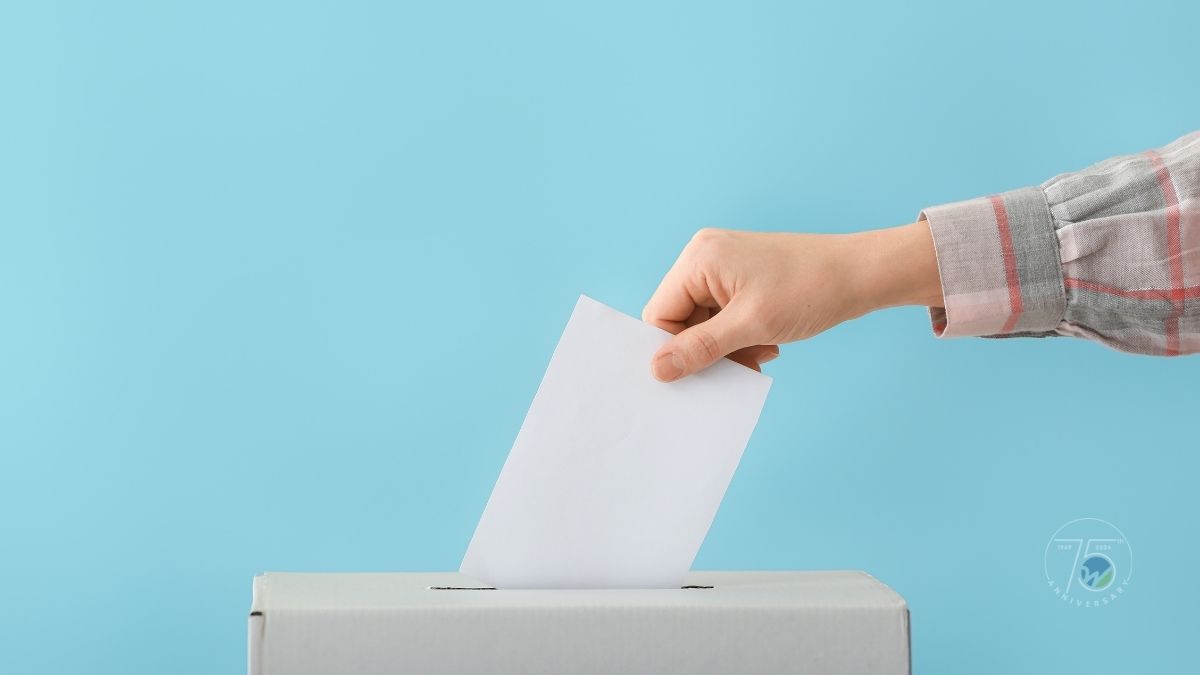Written in partnership with Bernhoft Law
Family Medical Leave – Who is eligible for leave, and what they are supposed to be paid
Eligible employees must be employed for at least 30 calendar days preceding the date leave is requested by the employee. The requested leave under this law is for COVID-19 emergencies only. If it’s medical leave under other circumstances, the existing medical leave laws apply.
The first 10 days of leave is unpaid leave. However, the employee is allowed to substitute vacation days, personal days, or sick days for those 10 days of unpaid leave. Please note that the 10 days of unpaid leave and this substitution of sick time coincides with the Paid Sick Leave section described below.
Pay During Medical Leave
First, we calculate the daily pay rate to be paid to the employee, and the employee is paid two-thirds that rate. But in no event shall the employee be paid more than $200 in one day or $10,000 aggregately for all medical leave.
Second, if you know what the employee would normally be scheduled to work, use that as a basis for calculating how much pay is due to the employee. If you can’t predict their hours, you can figure out their average pay per day over the last 6 months preceding the medical leave term.
Third, the maximum term for medical leave is 12 weeks. This was the length of time of medical leave in the existing law. This coronavirus bill did not extend the length of medical leave beyond 12 weeks.
This law is effective until December 31, 2020.
Paid Sick Leave
Just like the Family Medical Leave provision, these new rules only apply if the employee or one of the employee’s spouses or dependents has been quarantined, been ordered to isolate themselves, or otherwise is experiencing COVID-19 symptoms.
For full-time employees, they get 80 hours of paid sick time. (The equivalent of two weeks’ work). For part-time employees, you use the normal number of hours the employee works over a two-week period. If you can’t predict the amount of part-time work, then use the average number of hours worked over the last six months of employment. (Note that if the employee was hired within the preceding six month time period, you use the average number of days since the hiring date.)
Amount to be Paid
If the employee themself is sick, or subject to an isolation or quarantine order, or is advised by a health care professional to quarantine or isolate themself, the maximum daily sick pay rate shall not exceed $511 per missed workday, and $5,110 aggregately over 2 weeks.
If the employee is caring for a spouse or dependent that is sick, subject to a quarantine or isolation order, or is advised by a health care professional to quarantine or isolate themselves, then the maximum daily sick pay rate shall not exceed $200 per workday and aggregately $2,000 over two weeks.
Considering those limiting factors above, the rate of pay for a sick day is the employee’s regular hourly rate, or if a salary, the employee’s regular daily salary.
Unlike Family Leave, any employee can use Paid Sick Leave without regard to how long they’ve been employed by the employer.
Note that an employer cannot require an employee to exhaust their vacation time, personal time, or other paid days off before that employee starts using Paid Sick Time.
Employer Penalties
An employer violating this provision is subject to the penalties for failing to pay minimum wages, or if unlawfully terminated for using Paid Sick Time, the employer is subject to the penalties for violating the Fair Labor Standard Act for wrongful termination.
This law is effective until December 31, 2020.
Unemployment Compensation
There was an unemployment compensation section of this bill, and some employees may hear something about unemployment. There’s no change in benefits to eligible laid off employees. Rather this section requires the Federal Government to assist the states by providing funds to states for their unemployment compensation programs.
COVID-19 Testing
There’s a large section about testing. The section primarily involves how the Feds are going to pay for testing. The only important part here for you and your employees is that testing of individuals for COVID-19 shall be free. Who is eligible to be tested is still subject to rule-making procedures. It is suspected they are going to be reserving tests for those who are most at risk, especially as testing kits are in short supply, and while testing labs are running at full capacity.
Tax Credits
The Feds are ultimately paying for the Sick Leave and Family Medical Leave. The credit is equal to 100% of Family Medical Leave or Sick Leave Pay for COVID-19-related leave. You get the credit when the employer files the quarterly 941 form and if it creates a refund, you’ll get a refund payment from the IRS.
You should also know that the credit also includes the pro rata portion of the health insurance cost that the employer pays on the employee’s behalf during the time the employee is on paid sick leave or on the family medical leave.
Finally, if any of your company owners are considered “self-employed,” they will also be entitled to get the same credit as if they were an employee. There’s a formula used to calculate self-employment income during the period of time the self-employed person misses for leave, so you can from there, calculate the credit. The only difference in timing is that you’ll probably have to claim that on your 2020 income tax return, and it will be claimed either on Schedule SE or in the credit section of the 1040.




